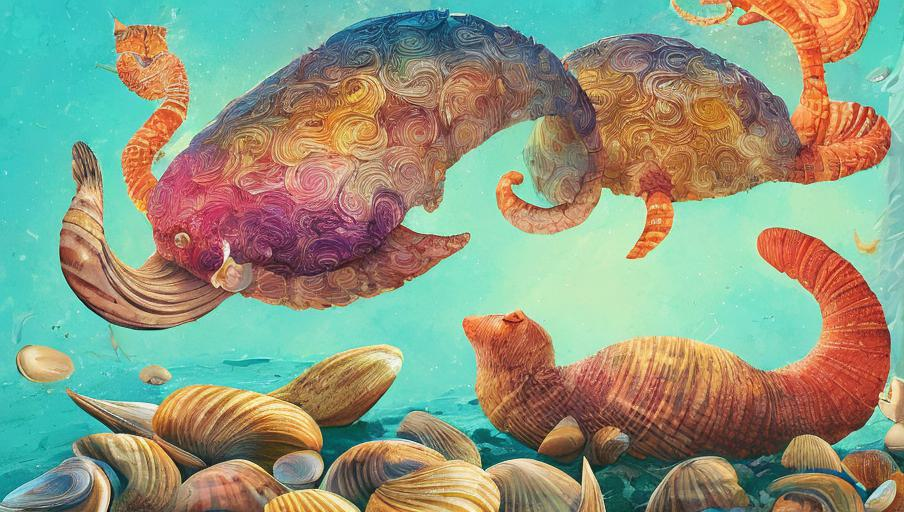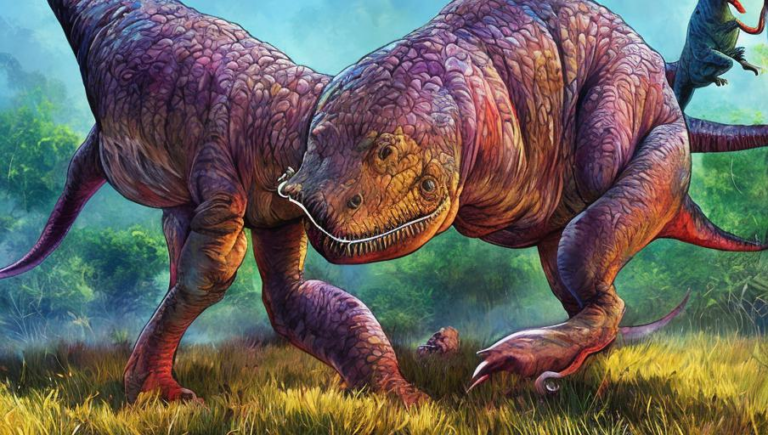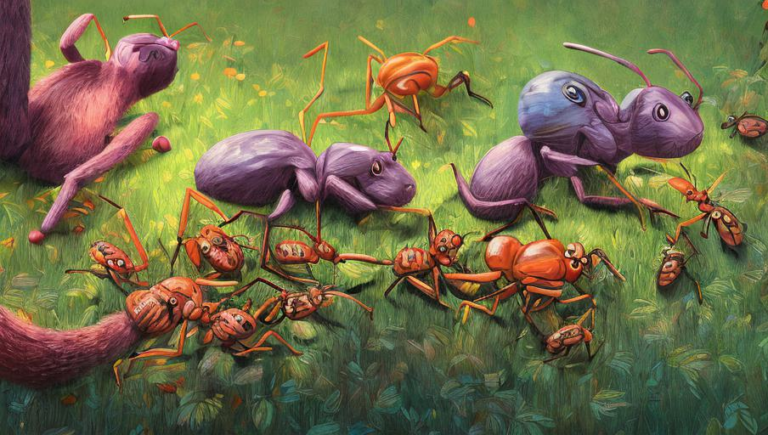Nestled in the Ocean: Clams’ Habitats

Nestled in the Ocean: Clams’ Habitats
Clams are a type of mollusk found in a variety of habitats in both salt and fresh waters. The most common type of clam is the bivalve, which has two shells that are hinged together. Clams are found in a variety of habitats, including sandy beaches, estuaries, and coral reefs.
Sandy Beaches
Clams can often be found near the ocean’s shore, burrowed in the sand. These clams feed on plankton and other small organisms that are in the water. Clams use their siphons to draw in the water and filter out their food. Clams in this habitat are often exposed to the air at low tide, making them vulnerable to predators.
Estuaries
Estuaries are a mix of salt and fresh water and provide a variety of habitats for clams. The clams in estuaries feed on plankton and algae, and can also filter out small particles of organic matter. The mixture of salt and fresh water creates a unique environment for the clams to live in.
Coral Reefs
Coral reefs are home to a variety of clams, such as giant clams. Giant clams are the largest living species of bivalve and can reach up to 4.5 feet in length. They feed on photosynthetic algae and plankton, and can filter up to 50 gallons of water per day. Coral reefs provide a safe and nutrient-rich habitat for clams, where they are protected from predators.
Threats to Clams
Unfortunately, clams are facing a variety of threats. Habitat destruction and pollution are two major threats that are leading to the decline of clam populations. Additionally, overfishing and illegal harvesting of clams can have devastating impacts on the population.
Conservation Efforts
Fortunately, there are many organizations and individuals that are dedicated to protecting clams. Conservationists are working to create protected areas for clams, to reduce the impact of habitat destruction and pollution. Additionally, organizations are working to educate the public about the importance of protecting clams and their habitats.
Conclusion
Clams are an important part of the ocean’s ecosystem, and it is essential that we take steps to protect them. By understanding their habitats and the threats they face, we can take action to ensure that these creatures are able to thrive in their natural environment.





